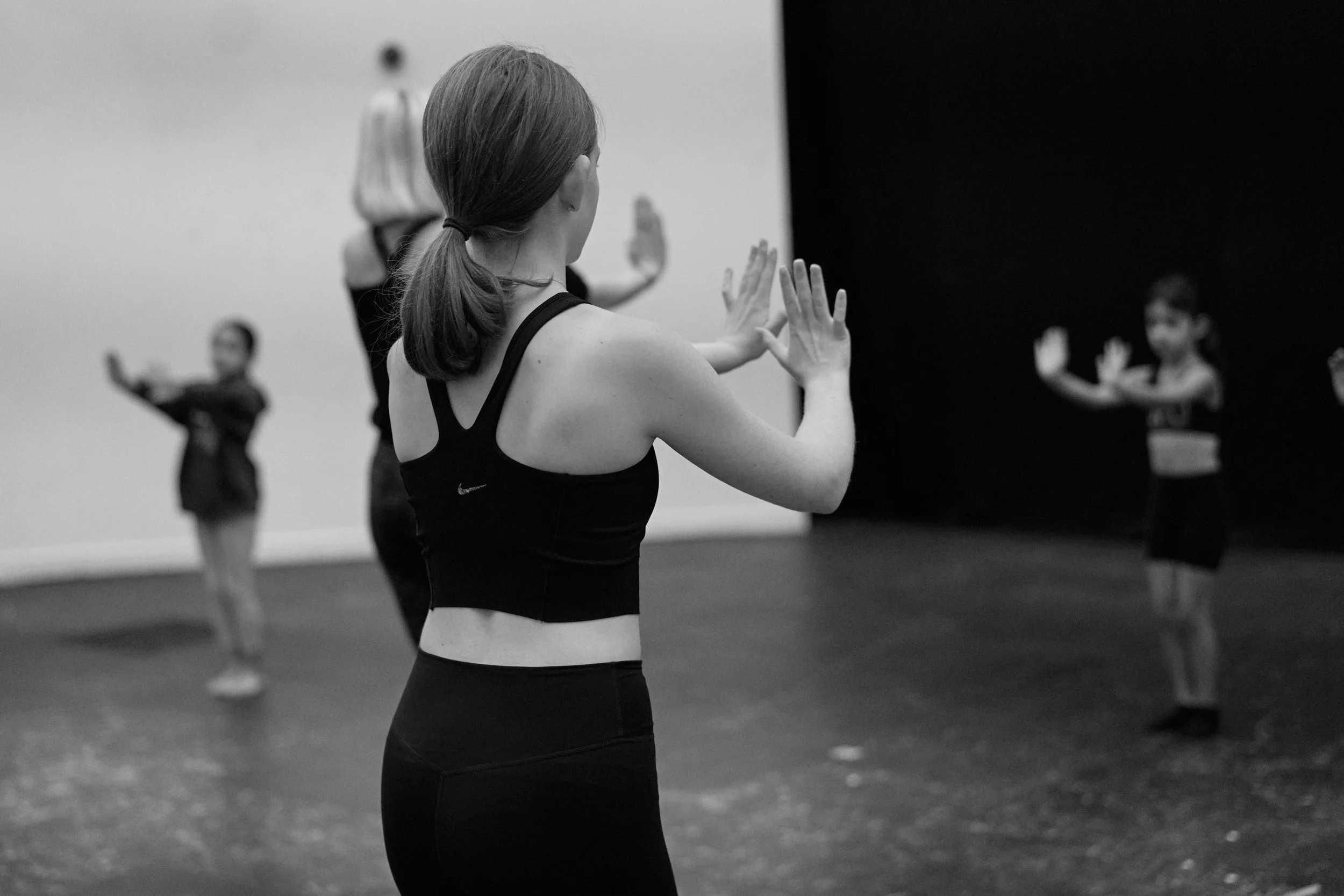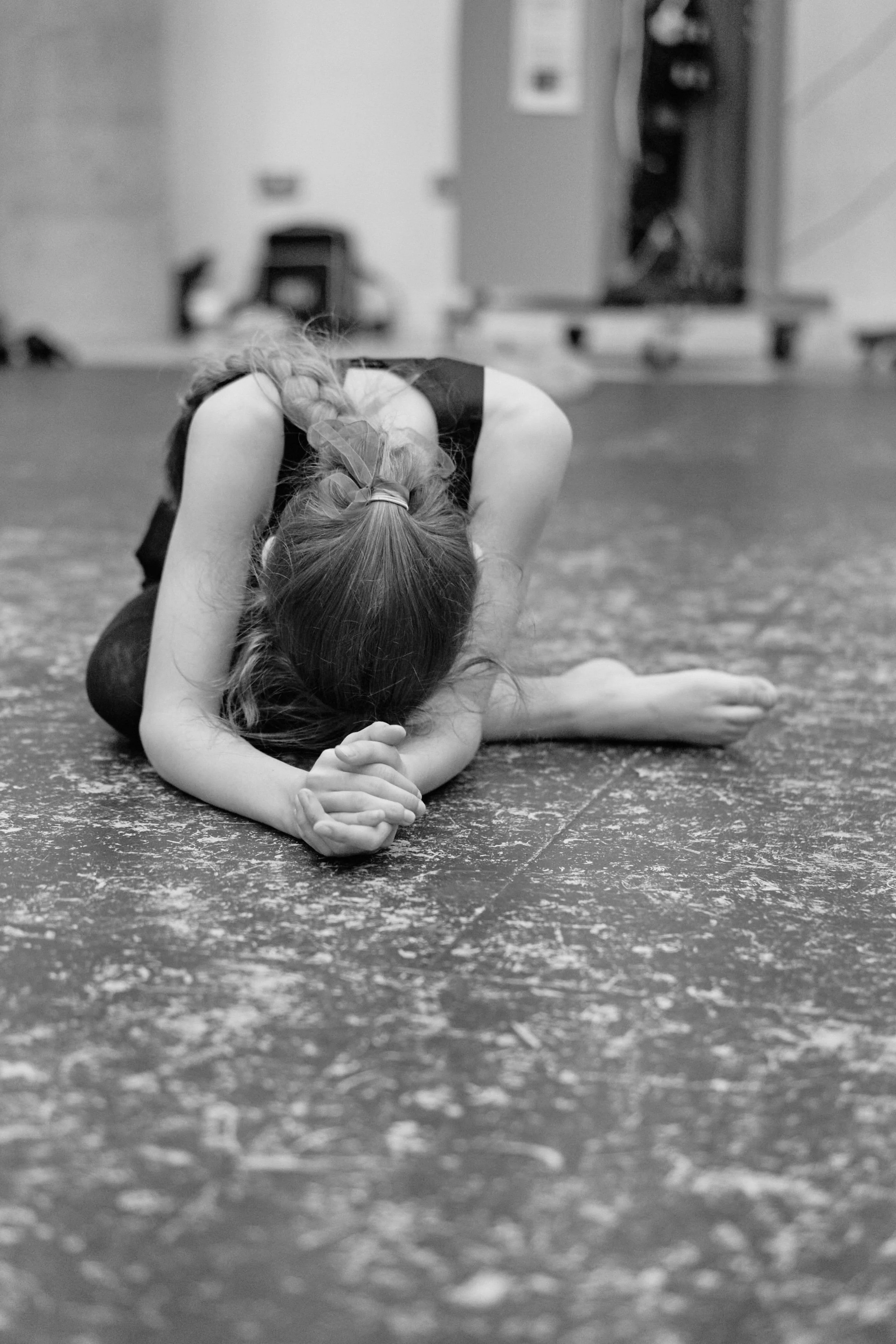Dance Etiquette: The Dos and Don'ts for Dancers.
Leaping, twirling and pirouetting into the World of Dance can be a thrilling journey for children. However, it is not only the physical element of dance that is required but a few other essential components that often get overlooked, such as - dance etiquette. Below we’d like to shine a “spotlight” on the dos and don'ts of etiquette for children within dance, unravelling its importance and demonstrating how best to cultivate it.
At Dance Force United, we believe in the transformative power of dance. As the premier Dance School for Children, our mission is to unlock your child's potential through the Art of Dance. With a team of world-class instructors, state-of-the-art facilities and a nurturing environment, we are dedicated to fostering a love of all dance while instilling the values of discipline, teamwork and respect.
We pride ourselves on our diverse curriculum, offering a range of dance styles to suit every aspiring dancer. Dance Force United is not just a Dance School, it's a community where children flourish, learning dance steps along with life-long skills that will serve them well beyond the dance studio. Join us and see why Dance Force United is the best choice for your child's Dance Education.
Understanding Dance Etiquette
Dance etiquette is the code of conduct that governs the behaviour of dancers within the dance studio or overall school. Whether how to treat or address your fellows and mentors right up to the treatment of the dance studio and equipment, it is broad and encompasses many aspects within a Dance School. Just as dance steps may be learned with the implementation of practice, so too is dance etiquette.
Dance etiquette may sound simply like rules and regulations; however, there's more to it than just the simple rule following, it’s about respect and consideration for your dance family, which in turn helps to create a thriving environment affording all students the best opportunities. For children, we have found understanding and following dance etiquette enhances the overall learning experience, by instilling within them self-discipline and diligence.
The Importance of Respect
At the heart of dance etiquette is respect. Respect for your teacher, respect for your fellows, and respect for the dance studio and spaces. Children can exhibit respect in various ways, for instance, listening attentively when the teacher is explaining or demonstrating, patiently waiting their turn when working on progressions and treating fellow dancers in a kind manner, are all forms of respect.
The Do's of
Dance Etiquette for Kids
Punctuality
Dance, like many other disciplines, requires punctuality. Arriving ten to fifteen minutes prior to the start of class, ensures your child has enough time to prepare mentally and physically for the class and also gather any items they may need for their class i.e. shoes, resistance bands etc. Tardiness disrupts the flow of the class and can result in missed instructions or warm-ups, putting your child at a disadvantage. Whilst we can’t always avoid being late at time due to incidents beyond our control, it is always polite to apologise to your teachers when entering the studio late and making your way to your spot as quickly as possible without further disruption.
Proper Attire
Each dance form has a recommended dress code which may include specified dancewear and shoes. Dressing in accordance shows respect for the Art form, in addition allowing the teacher to see the dancer's alignment and movement clearly, whilst specific dance shoes are worn in keeping with the genre demonstrated, for example, Tap shoes are needed for Tap and sports shoes for Hip-Hop and so on. It should also be remembered that pending the type of dance floor certain shoes cannot be worn to ensure the maintenance of the surface.
Attention and Participation
Active participation and attentiveness are key to learning and improving in dance. It is always helpful for parents to assist us as teachers and mentors in encouraging their children to listen to the instructions carefully, ask questions in class should they not understand something, and to schedule practise time at home. This demonstrates a commitment to their dance education.
Respect for Others
Good dance etiquette involves being respectful to classmates and instructors. This means not speaking whilst others may be receiving corrections, listening when others are speaking or asking questions, and offering support and encouragement to fellow dancers. Dance is a team effort, and a respectful environment fosters growth and camaraderie.
The Don'ts of Dance
Etiquette for Children
Avoid Distractions
The dance studio is a place for learning and creativity, it is important to minimise distractions. This means leaving toys, electronic devices, or other non-essential dance items at home. Whilst we love a good chit chat, catch up and a good old joke, continuous chatting or silly behaviour can be distracting to others and disrupt their right to learn.
Respect Personal Space
Dance often involves moving in close proximity to others. However, it's important to understand and maintain personal space and avoid unwanted contact. Pushing, shoving, or being physically aggressive is a definite no and not to mention counterproductive to the Spirit of Dance.
Don't Interrupt or Talk Over Others
Just as in any social situation, it's important to allow others to speak or perform without interruption. Waiting for your turn patiently without talking and listening when others are speaking helps to foster an essence of community within the school.
Role of Parents in Teaching Dance Etiquette
Parents play a crucial role in reinforcing dance etiquette and can enhance their child’s dance experience by setting strong examples through punctuality, respect for the teacher, and encouraging practise at home. Furthermore, open discussions about the days’ lessons and any challenges encountered will help children understand and internalise the importance of good dance etiquette.
Conclusion
Dance etiquette is just as an integral part to a dancer's education as learning the foundation steps of any genre. It teaches children thoughtfulness, direction, and collaboration, skills that will serve them well beyond the dance studio. The dos and don'ts of dance etiquette contributes to a positive learning environment whilst enhancing the outcomes, such as joy and the fulfilment derived from dance. By instilling these principles in our young dancers, we equip them with the tools they will need to flourish both on and off the dance floor, whilst also preparing them for a career within the dance industry, should they choose that path.




